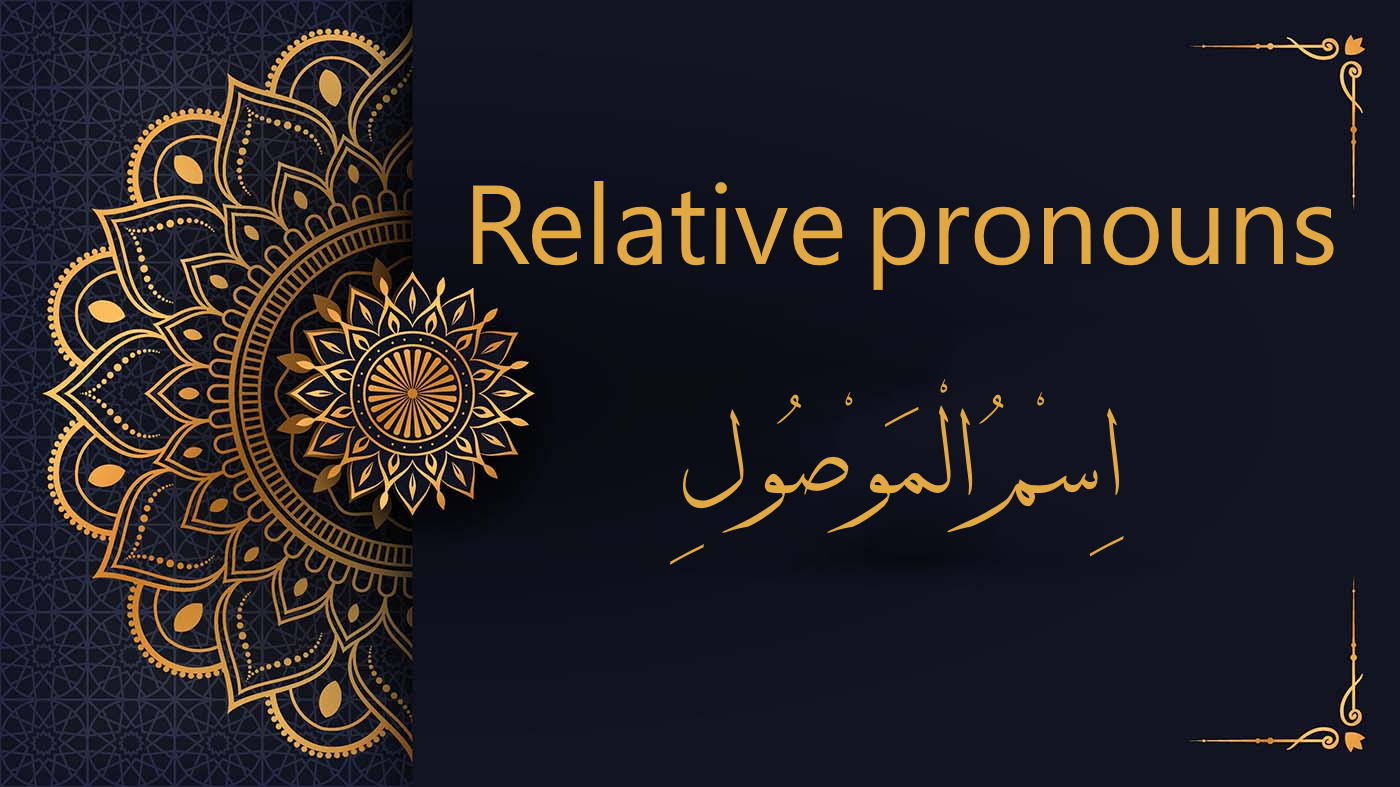The Arabic alphabet, with its elegant script and rich linguistic heritage, captivates learners from around the world. Whether you're drawn to the beauty of Arabic calligraphy or seeking to deepen your understanding of Middle Eastern culture, mastering the Arabic alphabet is a crucial first step. While it may seem daunting at first, with dedication and the right approach, anyone can learn the Arabic alphabet.
Understanding the Arabic Alphabet:
The Arabic alphabet consists of 28 letters, each with its own unique shape and sound. Unlike the Latin alphabet, Arabic is written from right to left, adding to its distinctiveness. Each letter can take different forms depending on its position in a word—initial, medial, final, or isolated. This feature adds a layer of complexity but also enhances the aesthetic appeal of Arabic calligraphy.
The Importance of Learning the Arabic Alphabet:
Learning the Arabic alphabet is essential for anyone interested in delving deeper into Arabic language and culture. It lays the foundation for reading and writing Arabic script, enabling learners to explore classical and modern Arabic literature, poetry, and religious texts. Additionally, understanding the alphabet facilitates communication in Arabic-speaking communities and fosters cross-cultural understanding.
Steps to Learning the Arabic Alphabet:
Start with the Basics: Begin by familiarizing yourself with the individual letters of the Arabic alphabet. Focus on recognizing the shapes and sounds of each letter.
Practice Writing: Repetition is key to mastering the Arabic alphabet. Practice writing each letter repeatedly until you feel comfortable with its form and stroke sequence.
Learn Letter Connections: Arabic letters connect differently depending on their position in a word. Study the rules governing letter connections and practice writing joined letters in various combinations.
Memorize Letter Names and Sounds: Commit the names and sounds of each letter to memory. Pay attention to the pronunciation nuances, as some Arabic sounds may not have direct equivalents in other languages.
Utilize Resources: Take advantage of online resources, textbooks, and mobile apps designed to help learners master the Arabic alphabet. These tools often include interactive exercises, audio recordings, and visual aids to support your learning journey.
Immerse Yourself in Arabic: Surround yourself with Arabic language materials, such as books, newspapers, and music. Listening to Arabic podcasts or watching Arabic TV shows can also help reinforce your understanding of the alphabet in context.
Seek Feedback: Don't hesitate to seek feedback from native Arabic speakers or experienced language instructors. Constructive criticism can help you refine your pronunciation and writing skills.
Be Patient and Persistent: Learning a new alphabet takes time and effort. Stay patient and maintain a consistent practice routine, celebrating small victories along the way.
Conclusion:
Mastering the Arabic alphabet is a rewarding endeavor that opens doors to a rich and diverse linguistic tradition. Whether you're interested in exploring Arabic literature, engaging with Arabic-speaking communities, or simply expanding your cultural horizons, learning the Arabic alphabet lays the groundwork for meaningful connections and deeper understanding. With dedication, practice, and a spirit of curiosity, anyone can embark on the journey to mastering the beauty of the Arabic script.
For More Info:-


No comments:
Post a Comment